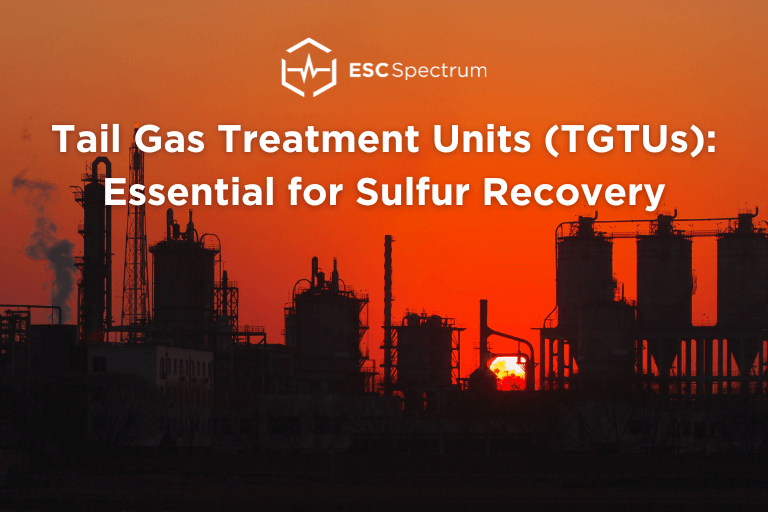Understanding Part 60 and Part 63 Excess Emissions and Performance Summary Reports

This blog dives into Part 60 and Part 63 reporting requirements, specifically focusing on Semiannual Excess Emissions and Monitoring Systems Performance Reports.
Tracking Fuel Gas Sulfur Content: Why It Matters and How to Do It Right

Accurate fuel gas sulfur tracking is critical in the oil and gas industry to meet regulatory standards, protect equipment, and reduce environmental impact. This blog explores challenges in monitoring sulfur content, methods like Continuous Emissions Monitoring Systems (CEMS), and how advancements in technology help industries achieve precise and reliable sulfur management.
Understanding the Data Assessment Report (DAR) for CEMS Audits

The Data Assessment Report (DAR) is a crucial but often overlooked component of CEMS audit compliance. This guide breaks down what needs to be included, from quarterly accuracy results to EPA audit sample requirements, helping you keep up with regulations and streamline your reporting process.
Tail Gas Treatment Units (TGTUs): Essential for Sulfur Recovery

Read this post to discover how Tail Gas Treatment Units (TGTUs) help refineries meet stringent sulfur recovery and emissions control standards. This blog covers essential TGTU technologies, regulatory requirements, and the vital role that TGTUs play to improve sulfur recovery efficiency.
PM CEMS and PS-11 Compliance Explained: Best Practices for Reliable Particulate Matter Monitoring

Read this post for a deeper understanding of the certification requirements for PM CEMS, with a special emphasis on the PS-11 Correlation.
Particulate Matter CEMS: Navigating New EPA Regulations

This article will walk you through the role of Particulate Matter (PM) Continuous Emissions Monitoring System’s (CEMS) in air compliance.
